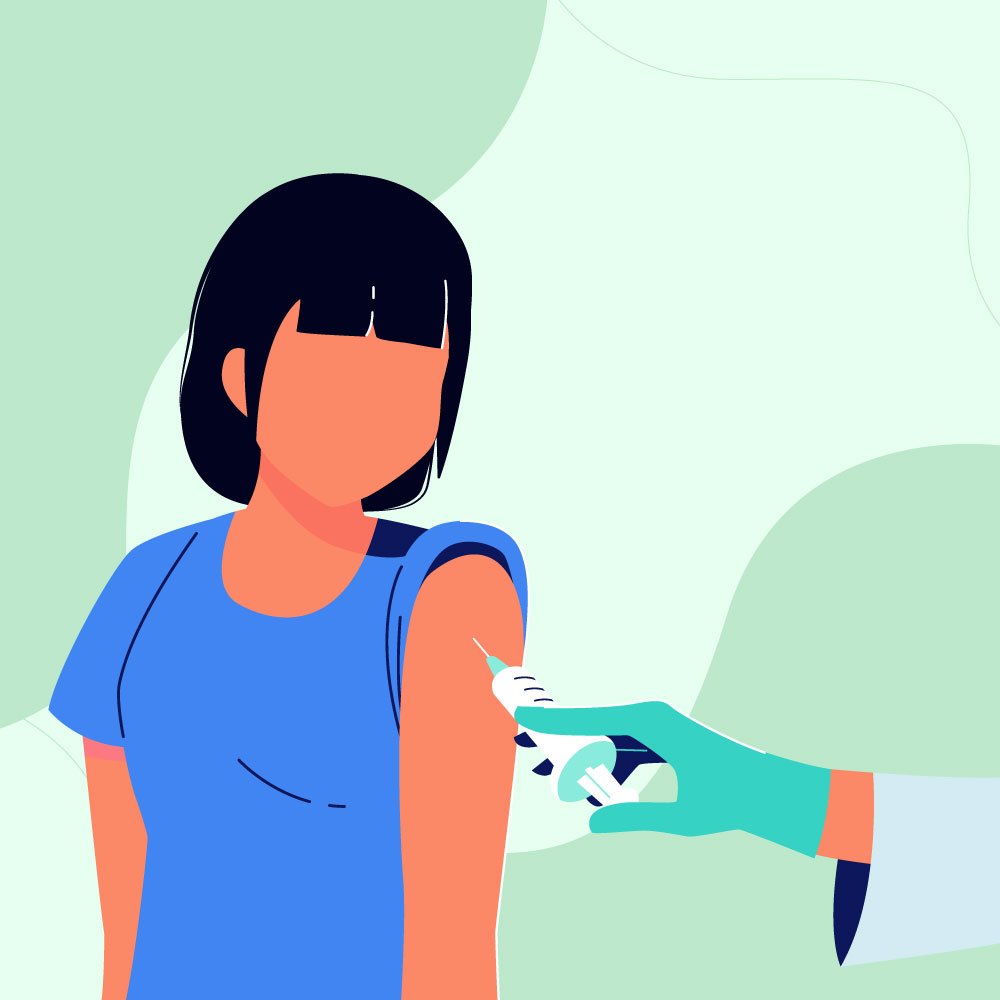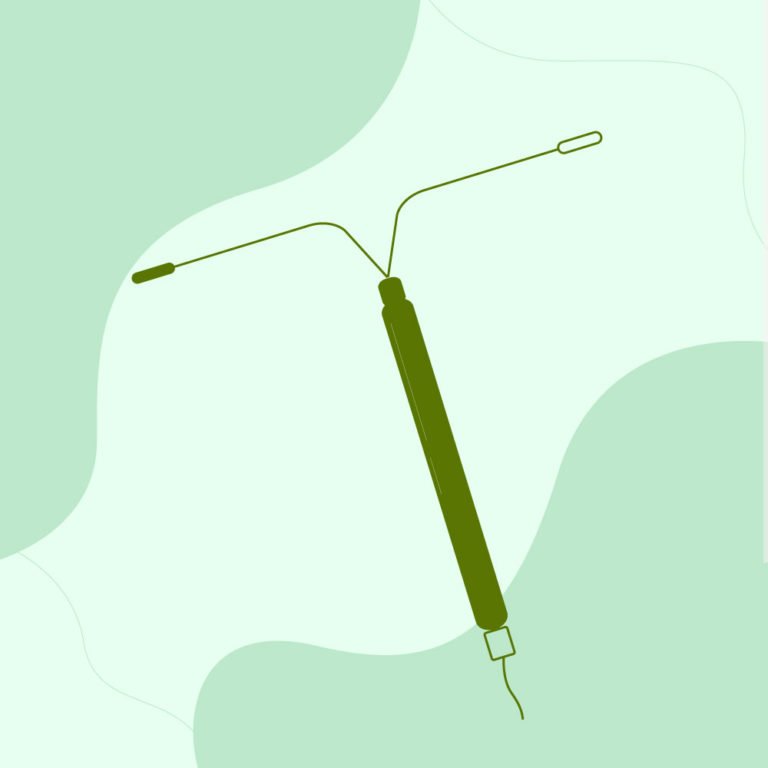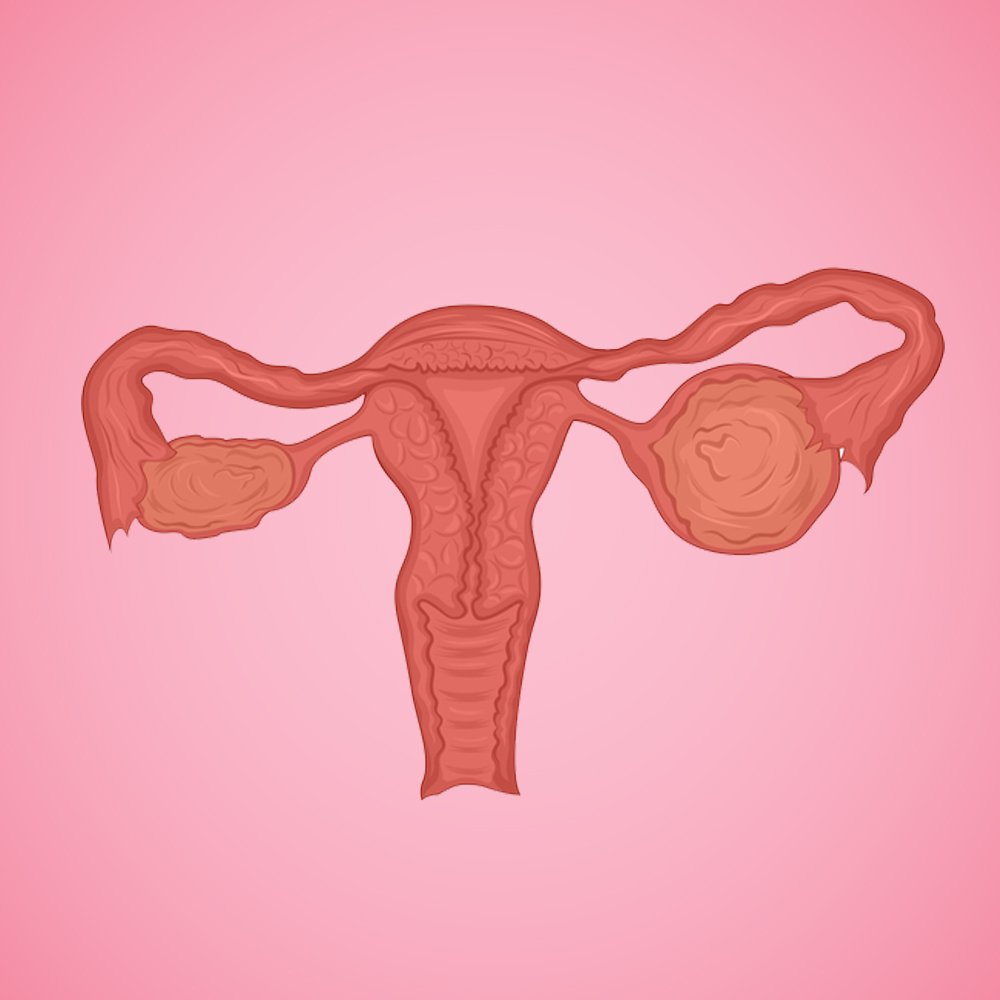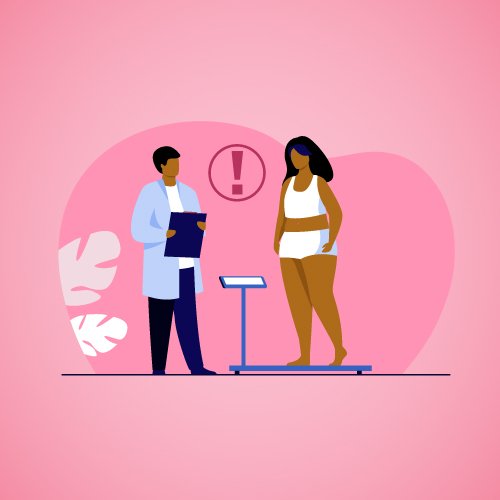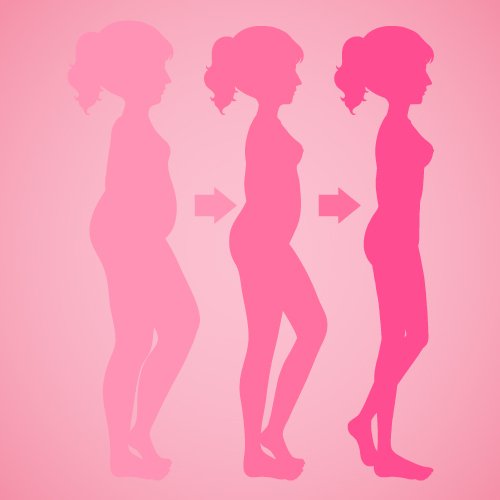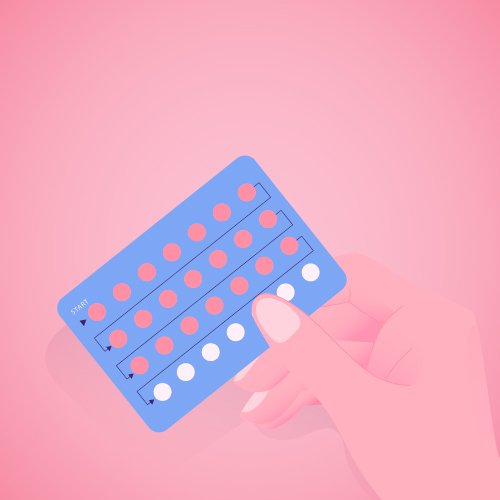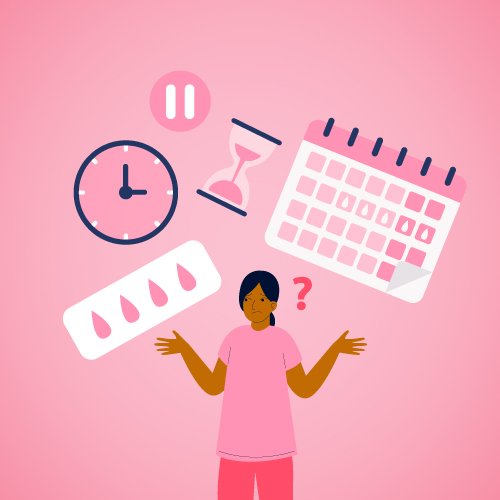Similar Articles...
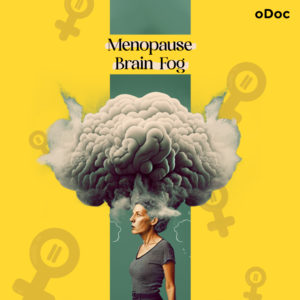
Menopause Brain Fog is real: A Simple Guide with Symptoms and Treatment
பங்குனி 9, 2023
Menopause Brain Fog is real: A Simple Guide with Symptoms and Treatment Women in their 40s and 50s who are just entering the end of

All you need to know about Gestational Diabetes
சித்திரை 7, 2022
Did you know that gestational diabetes mellitus, also known as GMD, is one of the most common medical complications of pregnancy? What is GMD? Why

Endometriosis
சித்திரை 4, 2022
Endometriosis No woman looks forward to “that time of the month.” Dealing with nausea, stomach cramps, mood swings, back pains and fatigue, all whilst facing



